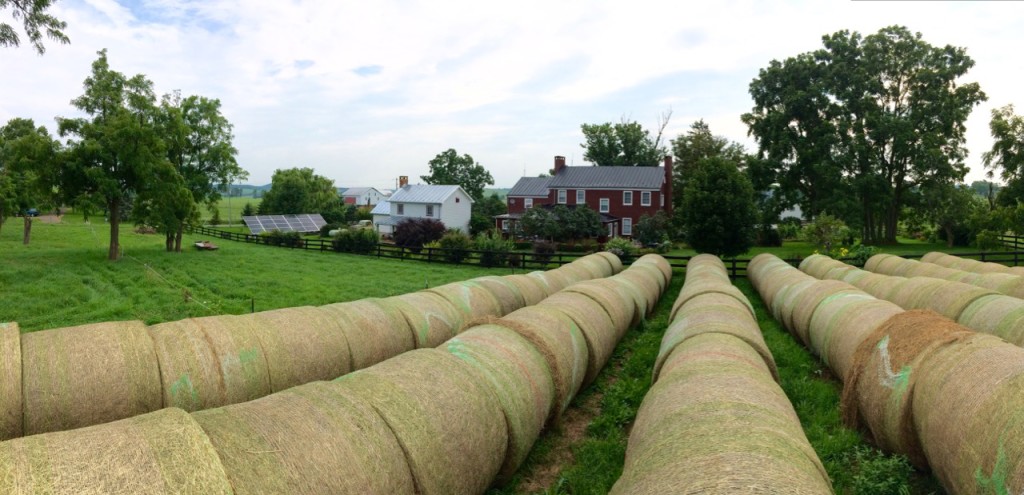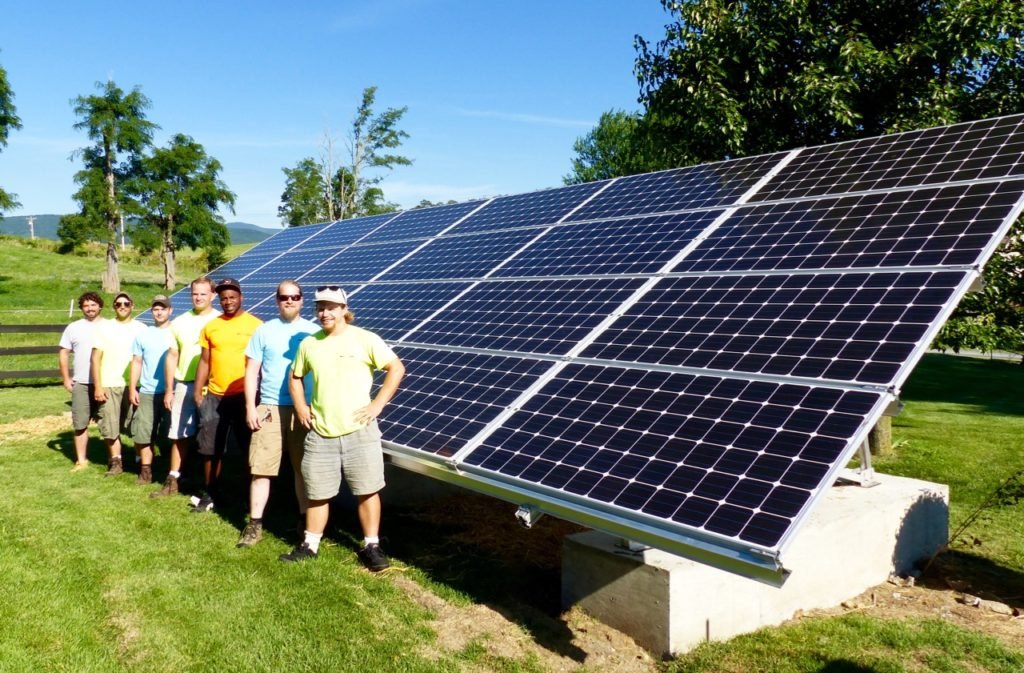He said, “Solar panels are only 40 percent efficient.”
I thought, “Are you kidding, it’s free.”
The sun shines and “Zap”, you have electricity, isn’t that 100 percent efficient? Well, not so fast smarty pants. The 40 percent rating is true if one thinks about how “they” measure efficiency – the actual amount of photons hitting a photovoltaic cell and being converted to electricity. Scientists have only been able to convert 40 percent of the sunlight into electricity in a lab. We purchased high-efficiency photovoltaic panels that are only 16 percent efficient.
But That’s Far From The Whole Story on Solar
There are so many other factors that should enter into that woefully simplistic expression of efficiency. There are extraction, transportation, waste disposal, accidental damages, and resource protection costs not figured into this equations nor are there any inputs about the health care costs or environmental damages associated with energy sources.
- Think how much it costs to mine coal, drill for oil, frack for gas or mine uranium. There are no extraction costs with solar rays.
- Then there are transportation costs. Train cars filled with coal, tankers filled with crude, pipelines with gas – not so with solar; the rays hitting our photovoltaic cells require no transportation costs.
- The cost of waste disposal with fossil fuels and nuclear is significant, requiring space and oversight to protect us and the environment from faulty engineering, sloppy construction or corruption.
- Accidents abound with coal, natural gas, and oil. The Upper Big Branch Coal Mine explosion in West Virginia, the San Bruno natural gas pipeline explosion, the BP oil spill, and the Dan River coal ash spill quickly come to mind.
- What are the costs to protect and defend our foreign interests in oil or it’s transport? I think about the pirates off the Somalian coast, the Gulf War and protecting the Suez Canal. We don’t need special forces or a Department of Defense to protect our interests in solar power.
- Health care costs related to fossil fuel energy are far reaching; from Black Lung Disease to asthma. One Harvard study states that “the life cycle effects of coal and the waste stream generated are costing the U.S. public a third to over one-half of a trillion dollars annually. “
If energy efficiency factored in all these aforementioned associated costs, solar would be at or near the most cost-efficient.
Solar rays are free and unlimited. There are no moving parts and there are no greenhouse gasses emitted from photovoltaic cells.
What’s the Downside to Solar?
Okay, the upfront cost is expensive but dropping fast. From 2010 to 2013 it dropped 29 percent. Just like hand-held calculators and computers, the start-up costs were high and then plummeted as markets and advancements in the industry adjust.
Solar panels take up space if they are not mounted on a roof. And of course, if the sun isn’t shining there is little or no power, so to be completely independent batteries are required. Lack of storage capacity is a drawback but here also, technology is improving and prices are falling.
Certainly, there is some pollution and waste generated from the manufacture of photovoltaic cells and the disposal of spent panels but the industry is so young there is little data to reflect true costs.
These downside aspects pale in comparison to the use of fossil fuels and nuclear energy.
4 Reasons We Went Solar
- The Atlantic Coast Pipeline and gigantic transmission towers were our tipping points. The arrogance and disrespectful manner Dominion Power and Duke Energy are carrying out their plan to construct a 550 mile, 42 inch, high-pressure, natural gas pipeline through America’s legendary Shenandoah Valley, the place where we live, drove us to seek energy independence from energy utility corporate greed.
- The “solarize ‘your county’ movement” in Virginia woke us up to the growing number of people going solar. There were fifty people signed up in Augusta County when we looked into it and we thought if we wanted to go solar and have it up and running before the 30% federal tax credit expired next year we had better get going.
- We found the right place. The roof on our home would not work because it’s not facing south so a ground array would have to be built. Altenergy Staunton Branch Manager Joe Moore came out to our home and helped us find the right place and it fit.
- Finally, we want to do everything we can to reduce our personal carbon footprint.
What’s in Our Solar System?
Altenergy built us a 7.56 kW ground array with 24 SolarWorld panels which is calculated to generate 1.2 times our energy needs. We will be “net metering” for now which means our utility company will be giving us credit for any electricity we contribute to the grid. We are planning to completely go off the grid eventually.
Our solar system and the folks at Altenergy exceeded our expectations. We were informed of every detail, they were courteous, cleaned up everyday and delivered what they promised.
The solar energy sector is exploding. In 2014 it grew 34% over 2013. There is a new solar home or business every 2.5 minutes in the United States. As the solar industry continues to grow, prices will come down. Maybe it’s time for you look into it.
Are solar panels worth it for you? Find out more at understandsolar.com
A more updated article by Sunpower.









38 Comments
Leave your reply.